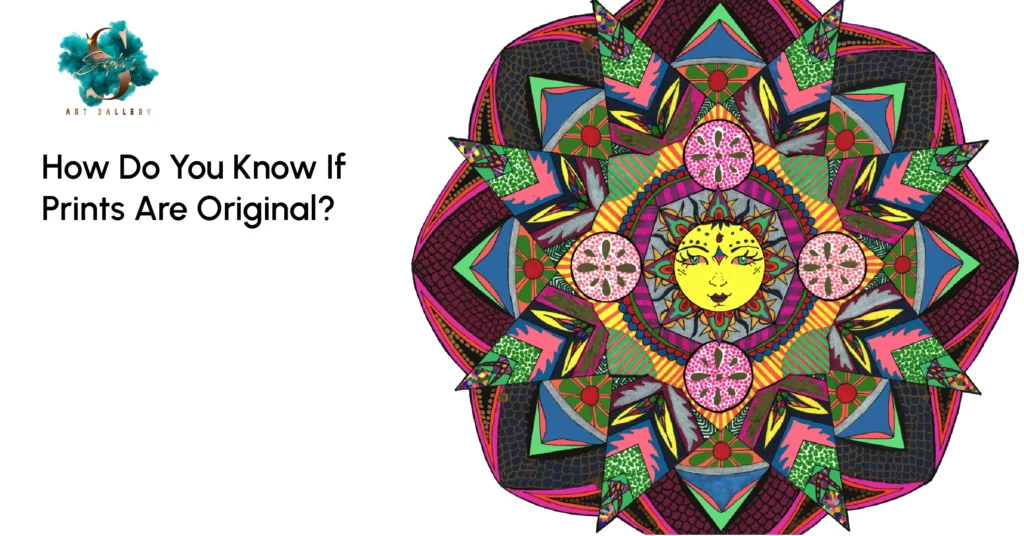How Do You Know If Prints Are Original? Diving into the world of art can be both exhilarating and puzzling. With the popularity of artists’ prints, many enthusiasts are hunting for the best artist prints, whether its Mandala painting or unique home decor. to adorn their spaces. But here’s the catch: how can one differentiate the authentic from the imitation in this expansive market?
If you’re about to buy artist prints for your home decor, understanding the hallmarks of authenticity is crucial. In this blog, we’ll unravel the secrets and give you the lowdown on distinguishing the originals from the rest. Let’s dive in and ensure your collection remains genuine and awe-inspiring!
Takeaway
- Original Prints vs. Replicas: Genuine prints often have minute imperfections, hinting at the manual process and the artist’s touch.
- Signatures: Authentic signatures have distinct characteristics that are hard to mimic. Counterfeits might opt for digitally printed signatures, which lack the natural flow.
- Texture & Depth: Originals often showcase a tangible depth due to unique printing techniques, whereas reproductions might appear flat.
- Limited Editions: Genuine prints often come in limited numbers, enhancing their value and exclusivity.
- Art Provenance: A piece’s documented history or lineage is crucial for its authenticity, adding historical and cultural depth.
- Sophi’s Art Gallery Promise: Commitment to authenticity, offering a curated selection from emerging talents to famous artists, with pieces spanning various mediums and eras.
5 Tips To Spot an Original Print
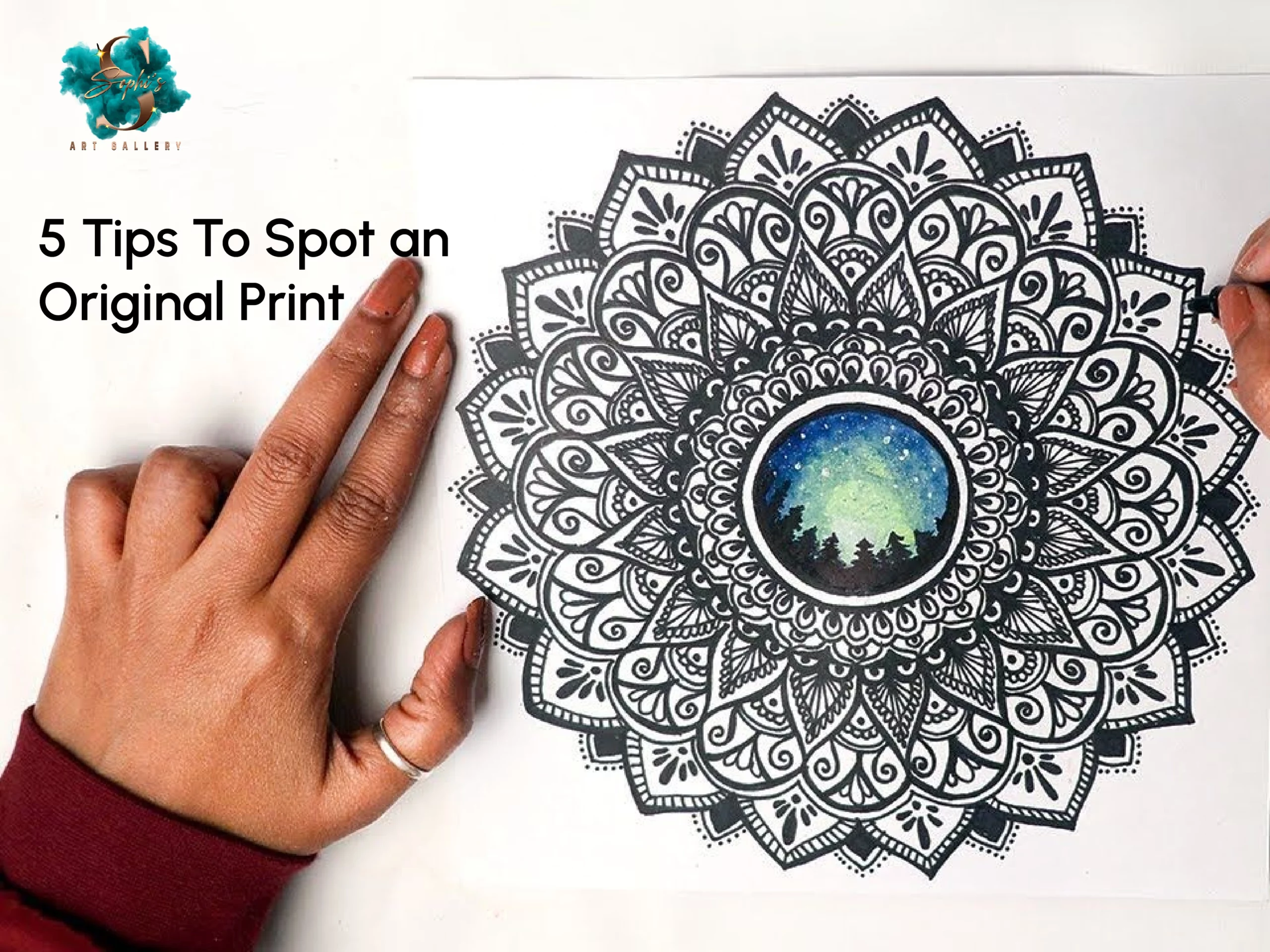
Navigating the enormous art world can be difficult, especially when determining the difference between genuine prints and replicas. Original prints, manufactured directly by the artist or under careful supervision, have value and authenticity that replicas do not.
They are not only one-of-a-kind works of art but also provide a tangible link to the artist’s intent, technique, and vision. But how do you know whether you’re getting the real thing? Here are five pointers to help you identify an original print and make the proper investment.
1. The Imperfections of Original Prints
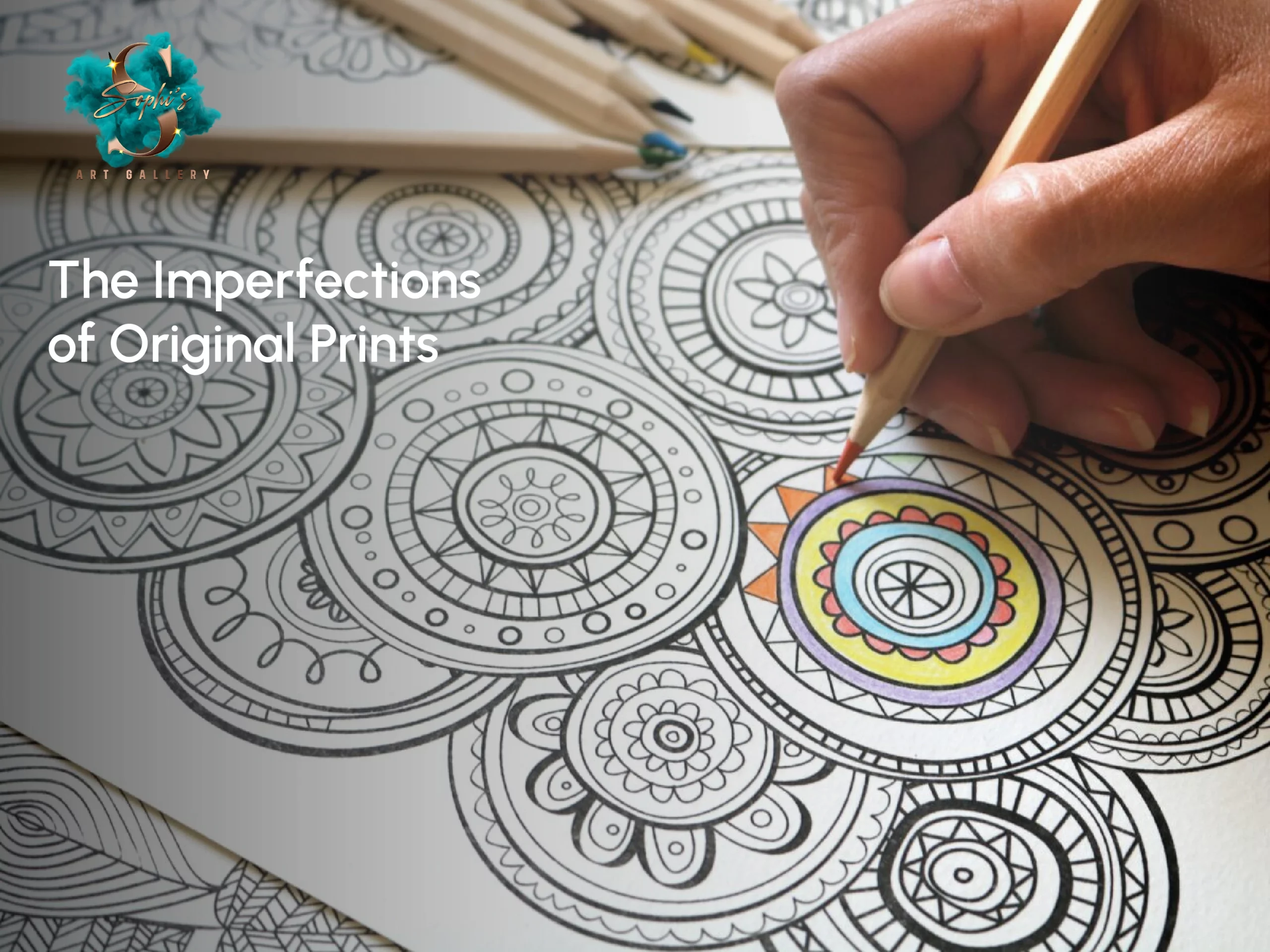
Original art prints are less perfect. In fact, minor flaws caused by the manual printing process frequently indicate authenticity. Hand-pressed prints may have subtle differences in ink dispersion, color tone defects, or even minor variances in artwork. These minor inconsistencies do not appear in bulk copies and produce a distinct fingerprint that validates the print’s authenticity.
Remember, artists are human, and their handiwork naturally comes with individual quirks. Beyond the aesthetic appeal, the intricacies in an artist’s print often increase the artwork’s value. In the art market, where the rarity and uniqueness of a piece can significantly influence its price, these nuances can make the art worth money.
2. Fake Signature
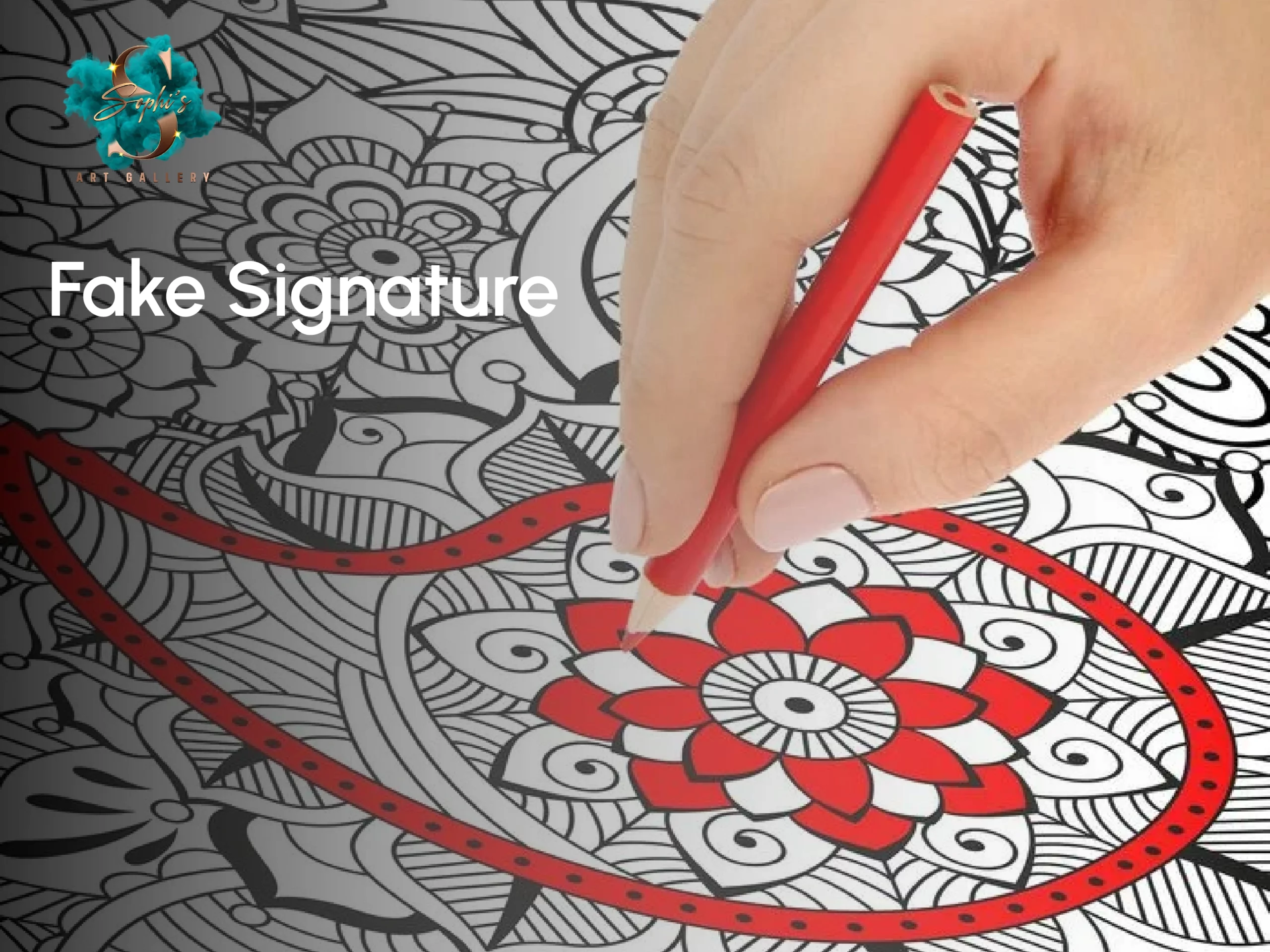
Forgers frequently employ the technique of replicating the artist’s signature. On the other hand, real signatures have qualities that are impossible to replicate properly. The print, flowability, and even the placement of the signature on an original print can differ. You must become acquainted with the artist’s genuine signature.
This may entail researching them from credible sources or consulting with professionals. An original signature’s richness and organic flow are frequently lacking in a counterfeit or printed signature. In today’s digital age, many reproductions are digitally printed, making it easier for forgers to mimic genuine art signatures.
Moreover, forgeries can significantly impact the art market, especially when collectors and enthusiasts scout valuable art for sale. Being duped into purchasing a counterfeit piece affects one’s investment and dilutes the appreciation of genuine artworks.
3. Depth and Substance
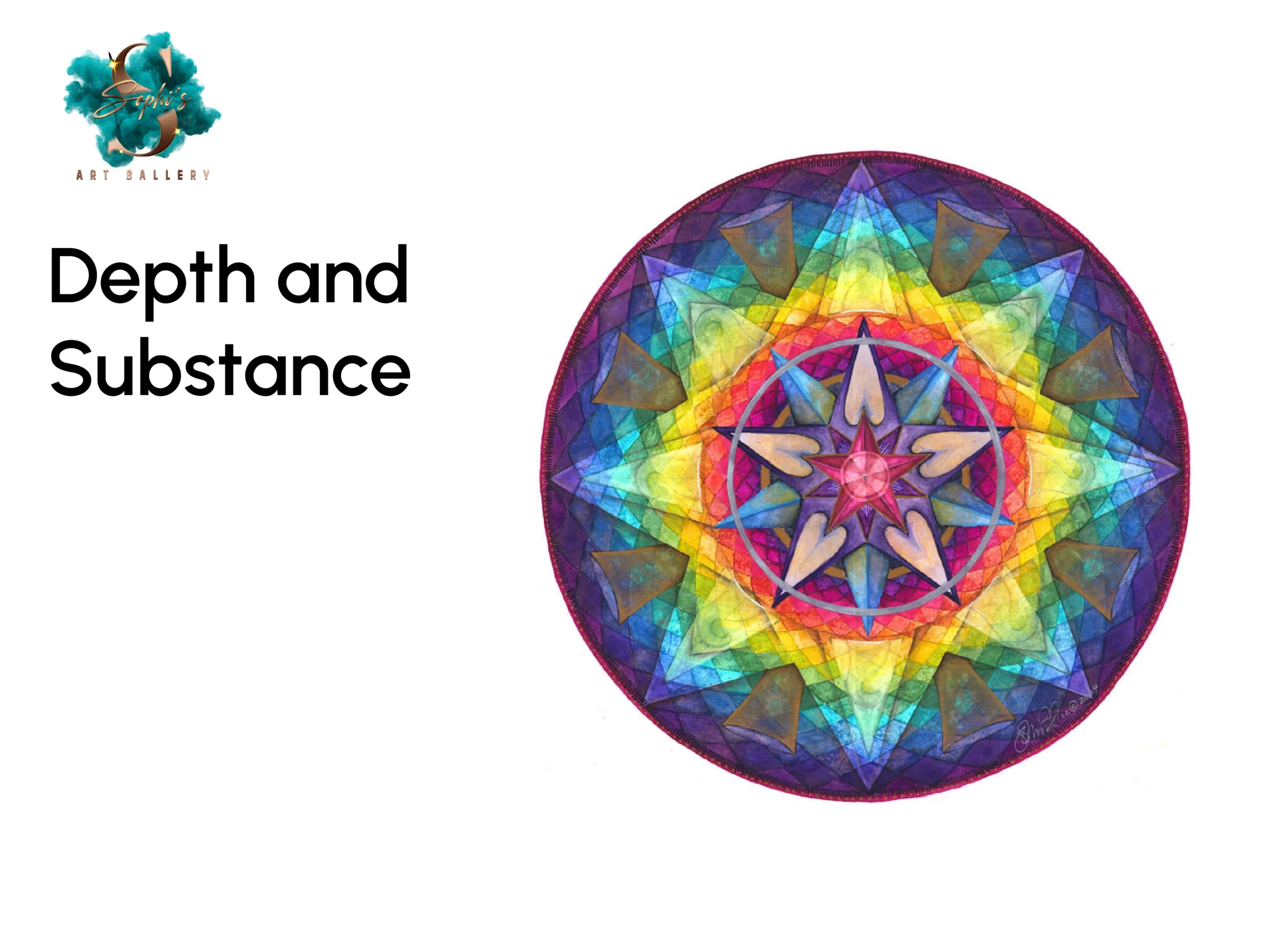
True art is more than simply a pretty face. Original prints frequently have visible depth and texture. This is determined by the printing procedures utilized. An original’s ink layers can provide a small relief. This relief may be seen on the paper and felt with a light touch. Reproductions, on the other hand, frequently have distinct qualities.
They typically have a flat appearance. This is because they are typically manufactured utilizing advanced printing technology. These methods ensure that the ink is applied uniformly. Look at the pressure under grazing lights to grasp the difference fully. This enhances the appearance of the artwork’s textures and depths.
One of the most critical aspects of collecting and appreciating art is accurately identifying the artwork. It’s in the depth and substance that the best artist prints distinguish themselves from mere reproductions. Authentic artist prints bear the mark of the artist’s involvement.
4. Limited Editions
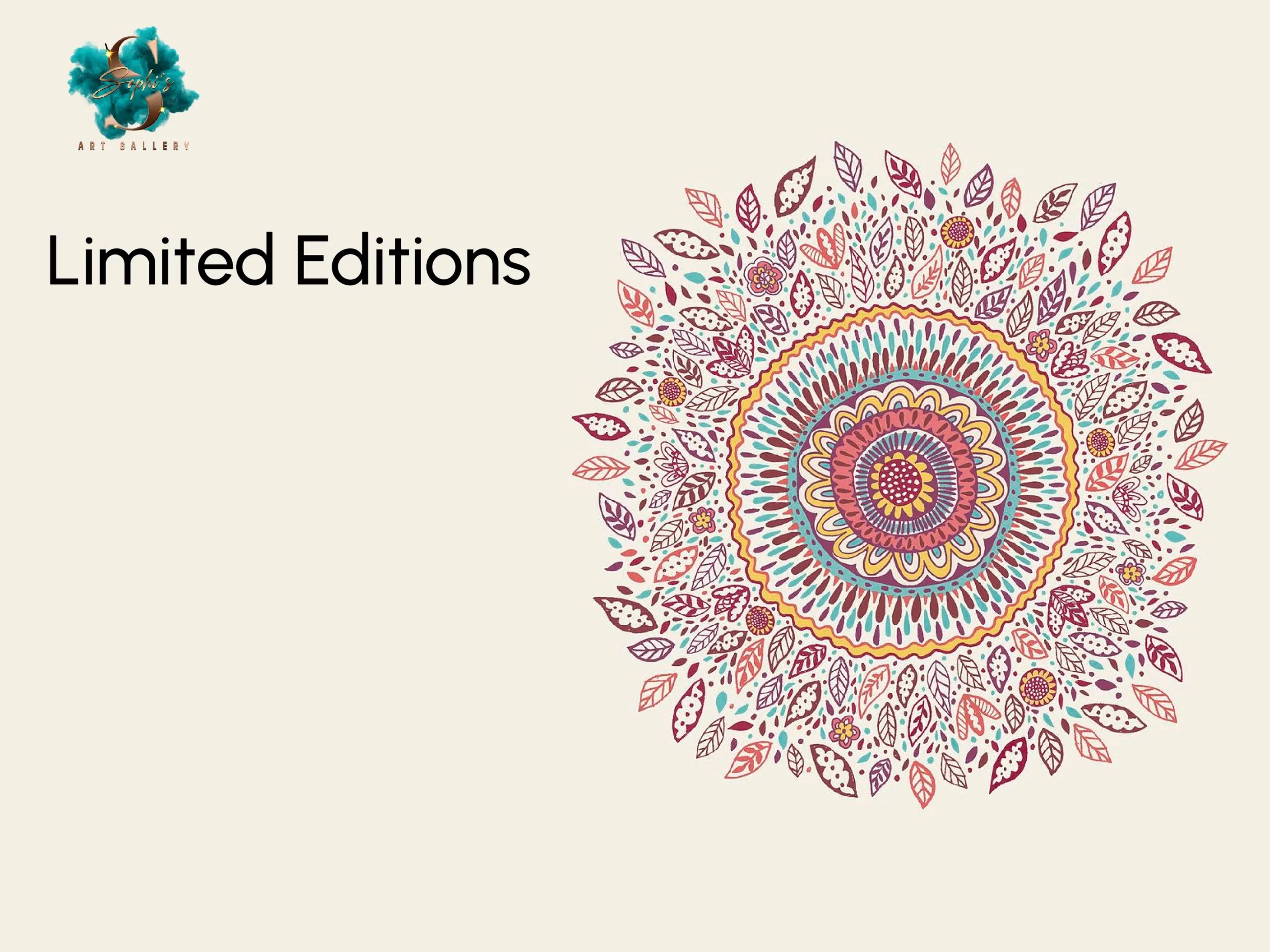
Original prints are frequently seen in limited editions, emphasizing the limited quantity of prints produced. This restriction adds to their uniqueness and worth. For example, every truly original artwork would usually have a unique identity. Each print in the edition is frequently numbered, such as “5/50,” to indicate that it is the fifth printing of fifty. If a print purports to be original but lacks or is available in huge quantities, its authenticity is questioned.
In various eras of art, limited editions have held unique significance. Take, for example, 80s prints. The vibrant and eclectic art of the 1980s, which mirrored the pop culture and political undertones of the time, often saw artists release limited series to maintain the artwork’s unique appeal. When such original prints resurface, their limited-edition status can make the art worth money, sometimes exponentially more than its initial value.
5. Art Provenance
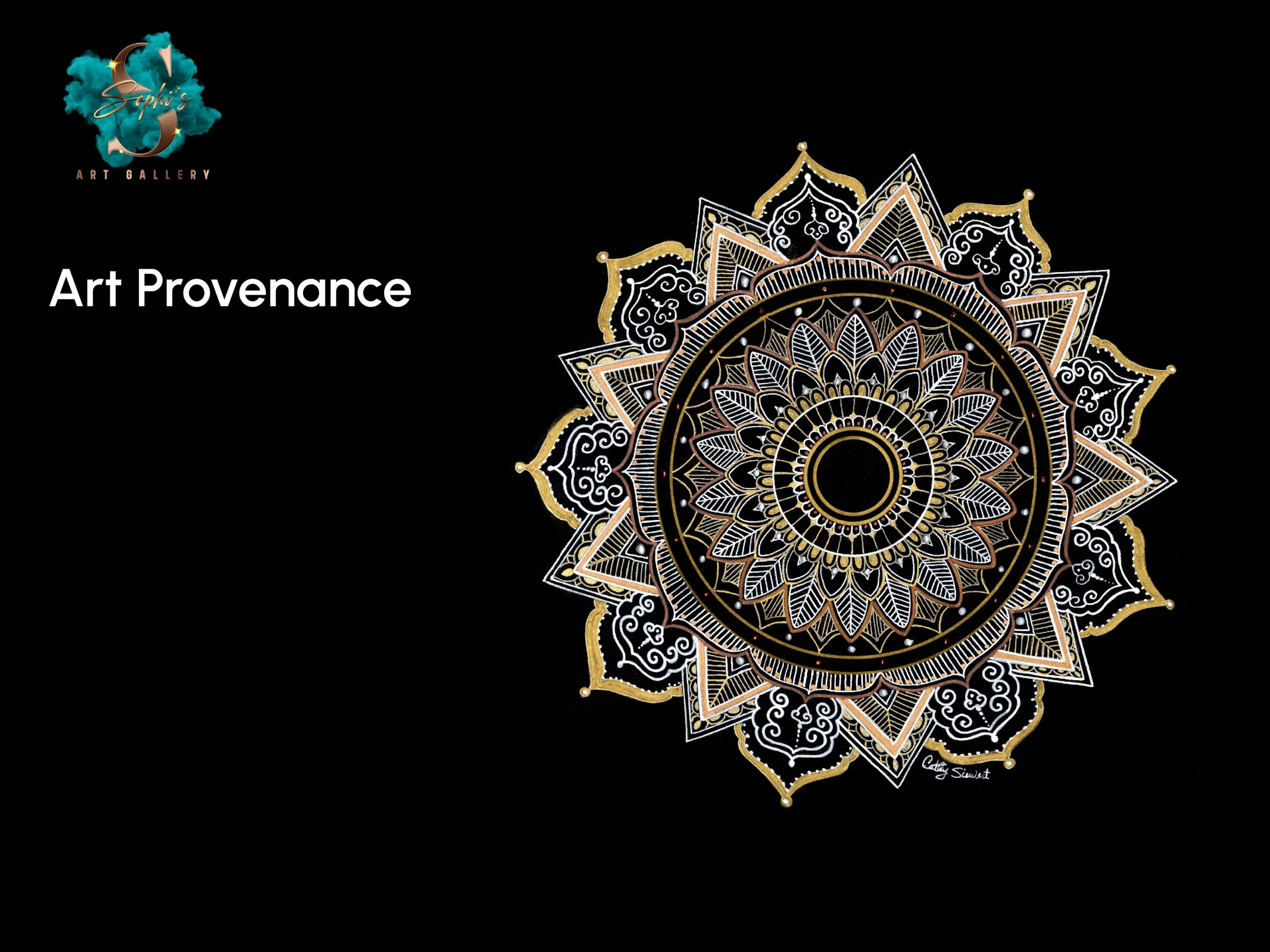
Provenance refers to the documented history of a piece of art. The trail of ownership can trace the artwork back to the artist. This lineage is an invaluable asset in the art world, as an assurance of authenticity and an emblem of the artwork’s journey through time. Genuine original prints often come with certificates of authenticity or a detailed history of past ownership.
This documentation isn’t just a paper trail; it’s a story that adds depth and validity to the artwork, highlighting its significance in various historical and cultural contexts. Understanding the provenance can offer insights into an artwork’s cultural relevance, previous curations, and even its appreciation or interpretation over the years. An artwork that has been part of esteemed collections or showcased in renowned exhibitions carries added weight in its value and significance.
You might also like : How To Choose The Right Vase For Your Home
Why Original Prints Matter
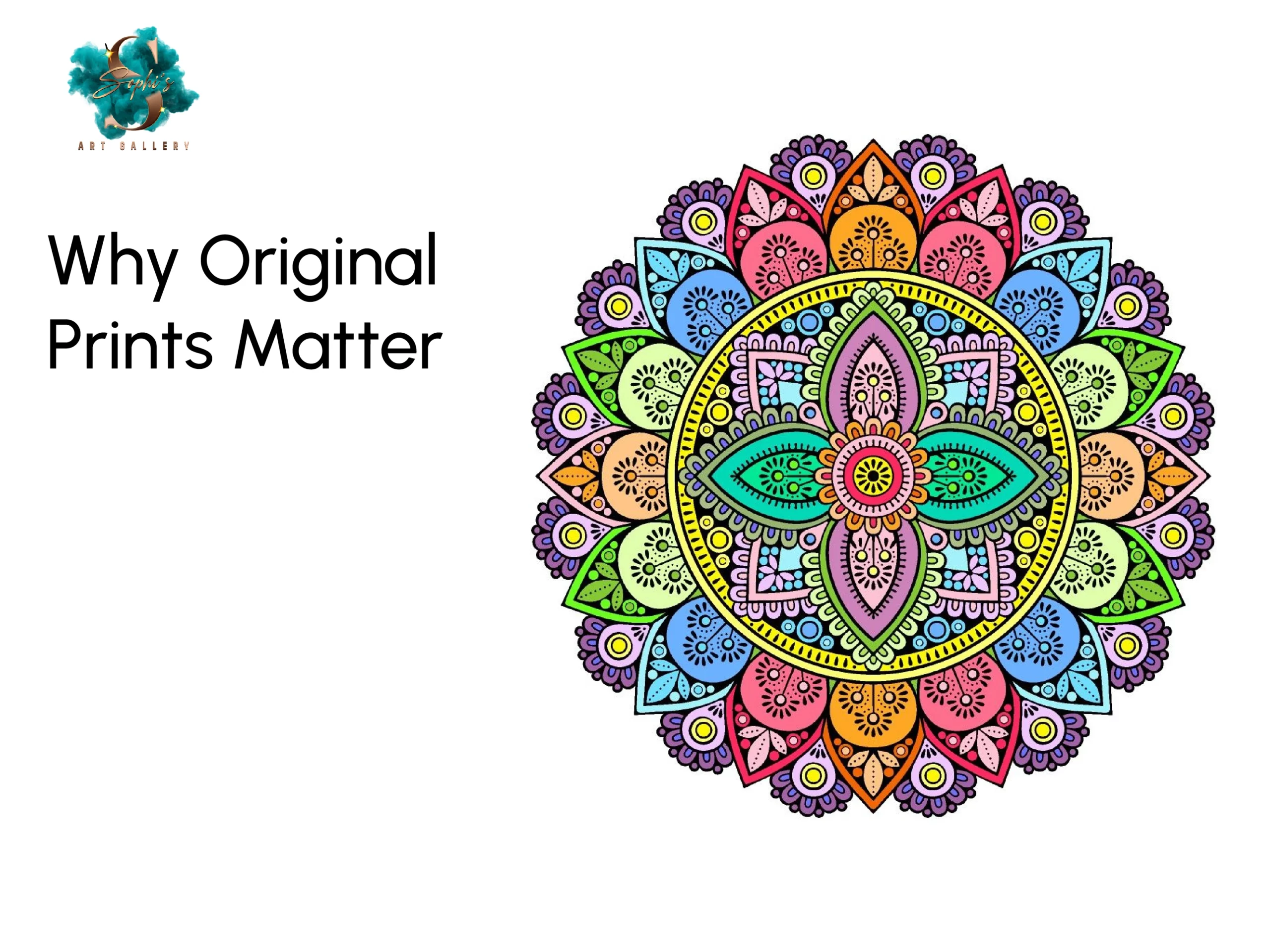
Gallery art prints are more than just representations of original artwork; they’re a testament to the significance and legacy of the artist’s creation. Opting for original prints, especially heritage prints, ensures you acquire a piece deeply rooted in cultural and historical significance. These prints act as bridges to the past, allowing us to appreciate and understand the context in which the art was created. In today’s digital age, it’s tempting to identify art by picture using various online platforms simply.
However, physical prints provide a tangible connection lost in the virtual world. Moreover, having an original means that when one seeks to identify the artwork, they are met with a richness in color, texture, and detail that mere digital reproductions can’t replicate. In essence, original prints matter because they capture the artwork’s true essence, context, and soul in a way that digital copies simply cannot.
Why Choose Sophi’s Art Gallery for Original Prints?
At Sophi’s Art Gallery, we are committed to providing a transcendent experience for art enthusiasts and collectors alike. When you choose to buy artist prints from our esteemed collection, you’re investing in a curated selection of both emerging talents and famous artist prints that reflect the pinnacle of artistic achievement.
Each piece is authenticated, ensuring that what you receive aligns with our promise of genuine gallery art prints. For those who appreciate the charm of yesteryears, we also offer free print vintage selections, capturing the timeless allure of past eras. Beyond prints, our collection expands to original paintings that testify to the artist’s passion and vision.
Lastly, for the discerning collector with an eye for worth, our gallery showcases valuable art for sale, ensuring that each acquisition is a visual delight and a valuable investment. Choosing Sophi’s Art Gallery means embracing the rich tapestry of art in its purest forms.
Sophi’s Art Gallery offers an exquisite collection, including:
Velvet Christmas Ornament Blue
Conclusion
Sophi’s Art Gallery stands as a beacon for enthusiasts and collectors alike in the intricate dance of art and authenticity. As the art world flourishes, discerning genuine masterpieces becomes both an art and a science. Armed with the knowledge of what constitutes an original print and the nuances that differentiate it from replicas, you’re poised to make informed choices.
Whether you’re drawn to the timeless appeal of the Persian Sun, the intricate design of a Vase, or the practical elegance of a Tray, our gallery offers a medley of treasures waiting to be explored. Beyond mere ownership, it’s about connecting with the legacy, culture, and story that each piece embodies. Dive deep, explore confidently, and let each acquisition from Sophi’s Art Gallery be a testament to your passion and appreciation for genuine artistry.

